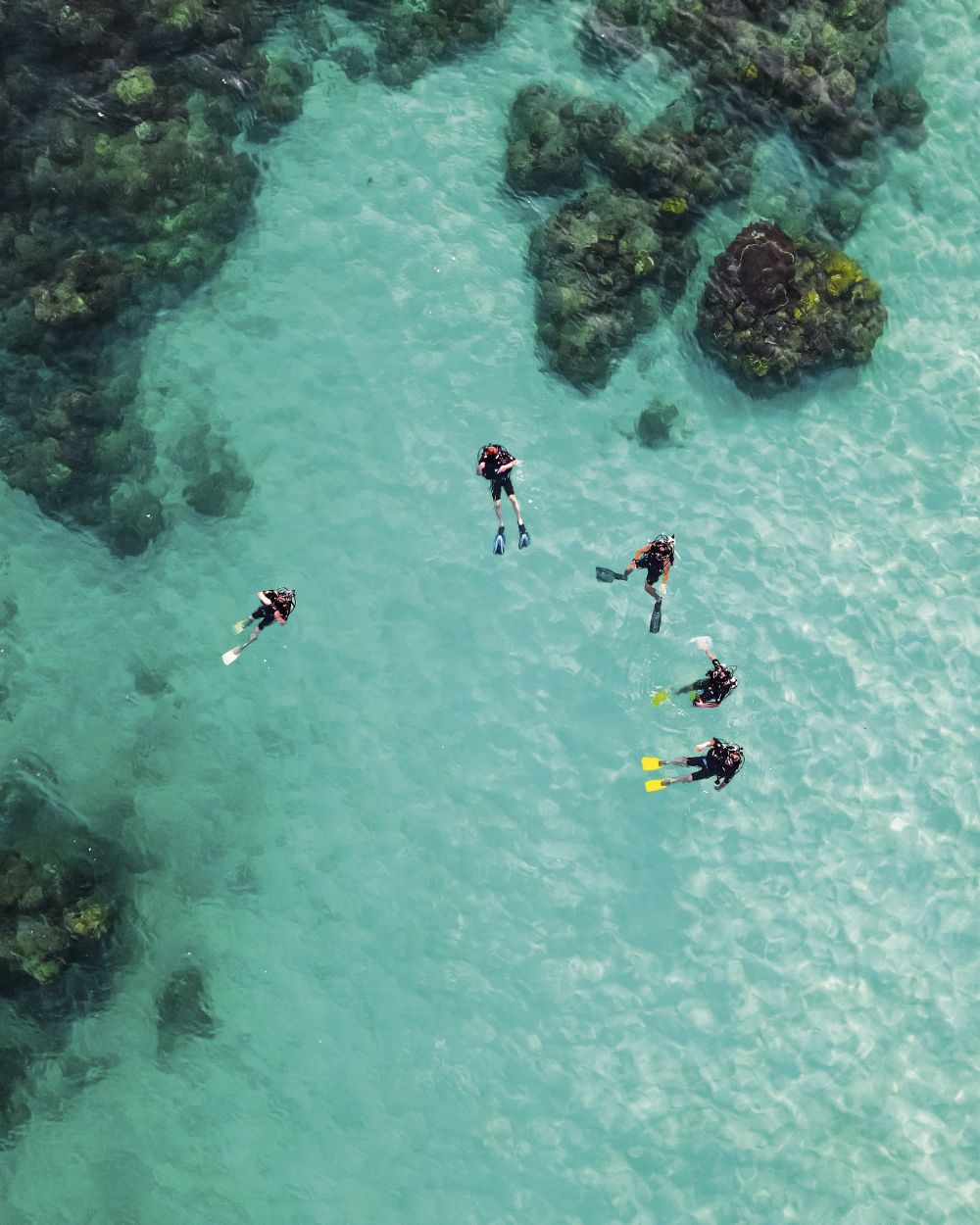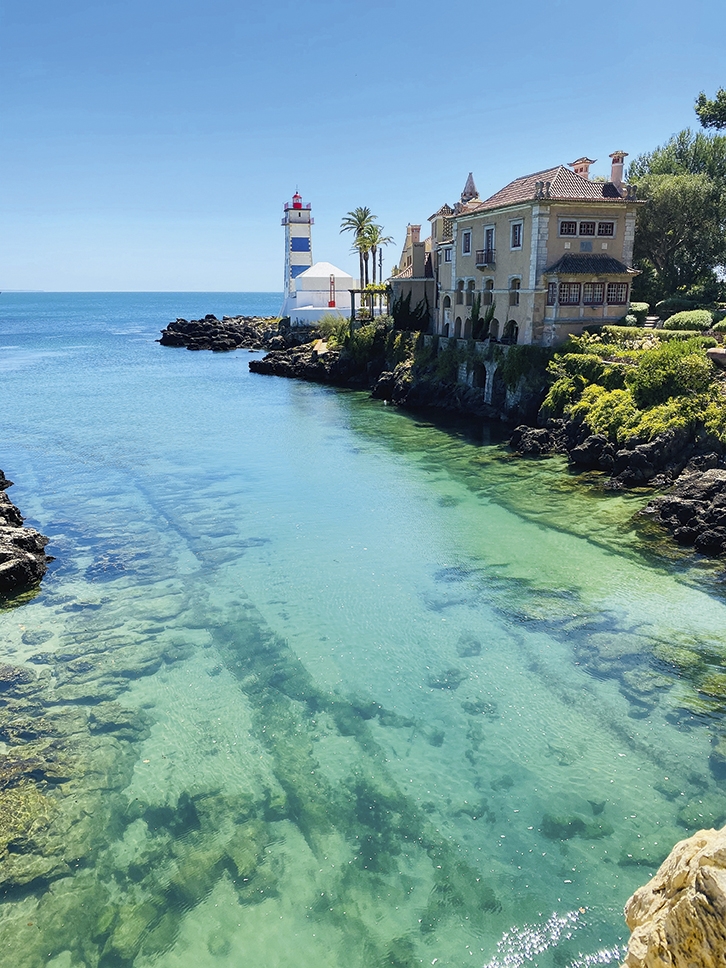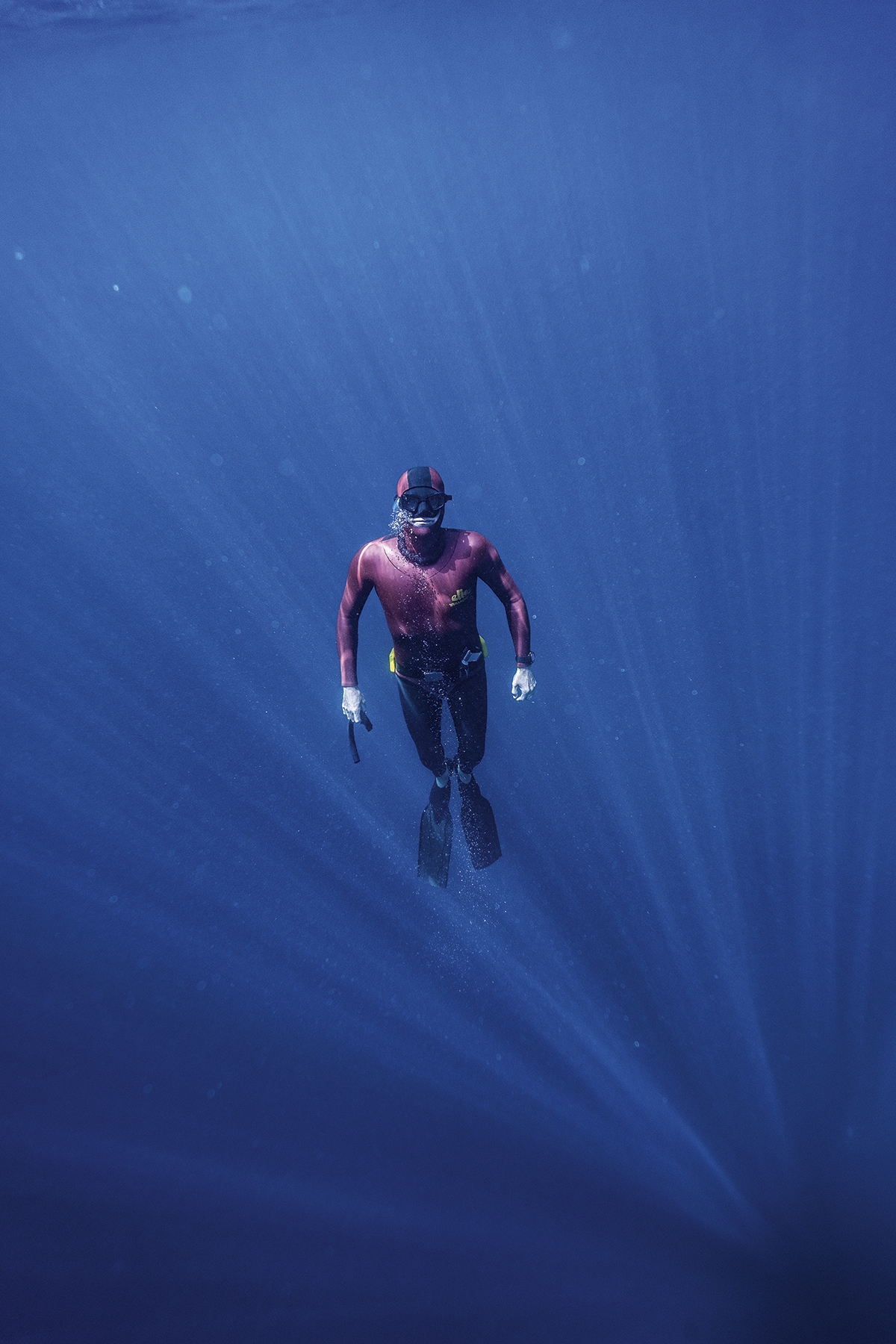SARDINIA ITALY
The colourful port cities and small myrtle-flecked hamlets of Sardinia are home to one of Italy’s most interesting food scenes, so when combined with its national parks and sublime coastline, there are few better places for a summer stay. Its gastronomy paints quite a picture of the island, with regional menus of meats, cheeses and seafood that change with the scenery. Breakfast on pardula pies filled with lemon, ricotta and saffron; for lunch, try the traditional snails that are a local delicacy in the north-west, usually simmered in tomato, garlic and spices. When dinner comes, opt for the Catalan-influenced lobster stew that’s popular in Alghero.
Taking in remote beaches, clear coves and dramatic arches under your own steam is a phenomenal way to work up an appetite. Spreading out in an arc of caves, crags and cliff sides around Sassari, the unbeatable north-west coast takes in multiple national parks like Asinara and Porto Conte and the region is a seaside playground for kayakers who row and rove on the Med. Here, on this 24,000sq km island, kayaking can be a single morning’s excursion or an entire week’s itinerary.
Porto Conte is known for its sandy beaches and sheer cliffs, covering 60km of Sardinian shoreline. To its north, you’ll see Monte Doglia, a smooth slip of hill overlooking the park bay, while to the south, Calich Lagoon is an oasis for seabirds, fish and native plant species. From your kayak, you’ll take in the creamwhite curve of Punta Giglio and the extraordinary pitched ramps of Punta Cristallo, lacquered in Sardinia’s dark green scrubland. A kayak can also bring you to the fluorescent waters and white beaches of Porticciolo, Cala d’Inferno and Cala Viola, where you can shore up and spend an hour bathing in the blistering sun, snorkelling and swimming. These calas, meaning coves, are an ideal spot for laying out a picnic lunch. Some of the more accessible have shops and cafés, where you can pick up ice creams and cold drinks for the onward journey.
Boats are also the best way to get up close to the caves of Capo Caccia, a limestone promontory that looks down to Alghero. Beneath its salmon-hued stone is Neptune’s Grotto, a remarkable cave system of melting rock formations and karst. Over two million years old, these caves stretch for 4km, and visitors can explore a 1km stretch. Inside, you’ll find an uplit stage of stalactites, a vast subterranean salt lake and cavernous rooms.
Staying among the bright terracotta of Alghero is ideal, where each active day ends amid cafés, restaurants and nightlife. Maison Bienestar is a beautiful new boutique hotel set just at the eastern edge of the old town centre, decorated with stylish simplicity, rooms feature stone walls, wooden ceilings and cooling tiles, with city-facing balconies. Enjoy a glass of Alghero Bianco – a semi-dry DOC white from the island’s north-west – in the bar that melds traditional architecture and modern style.







